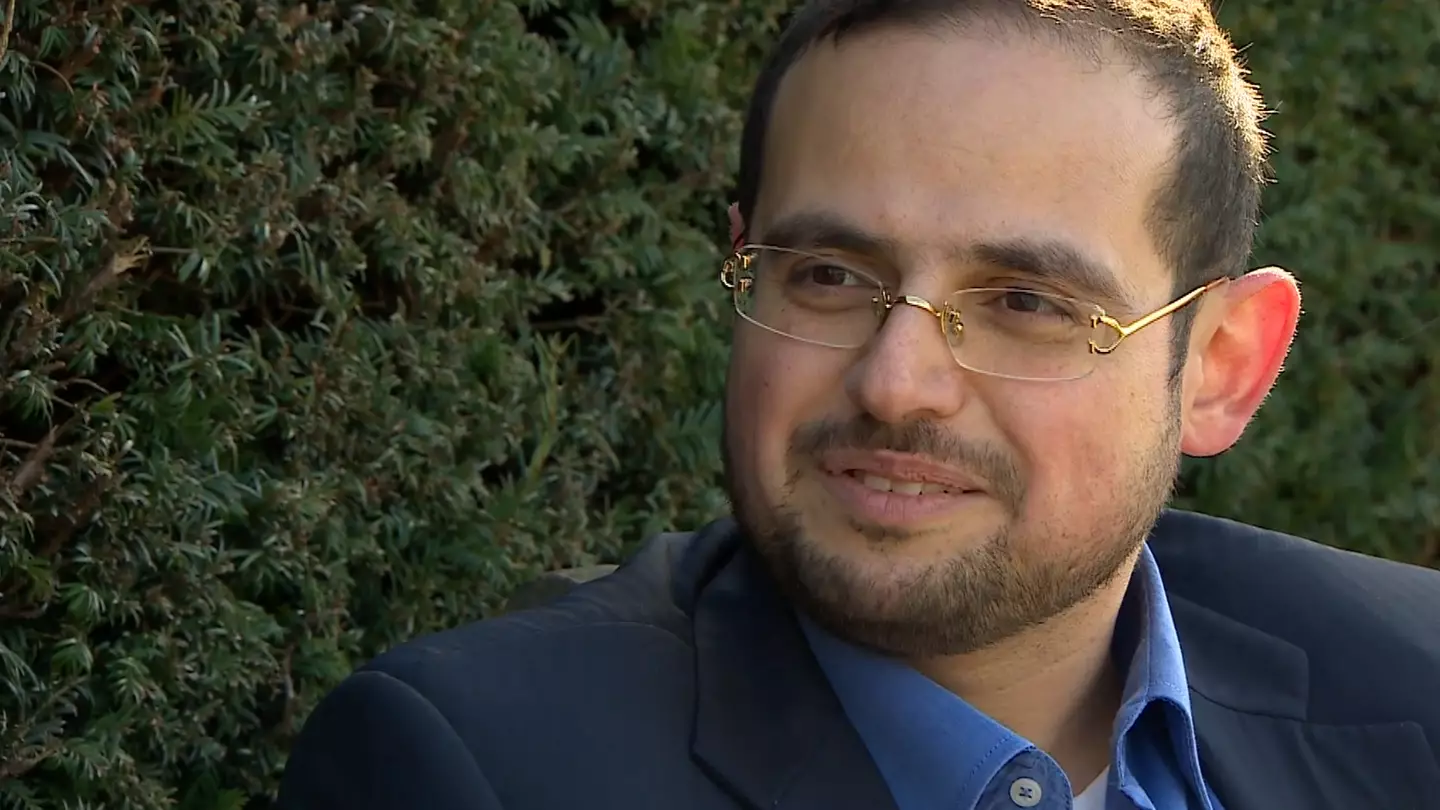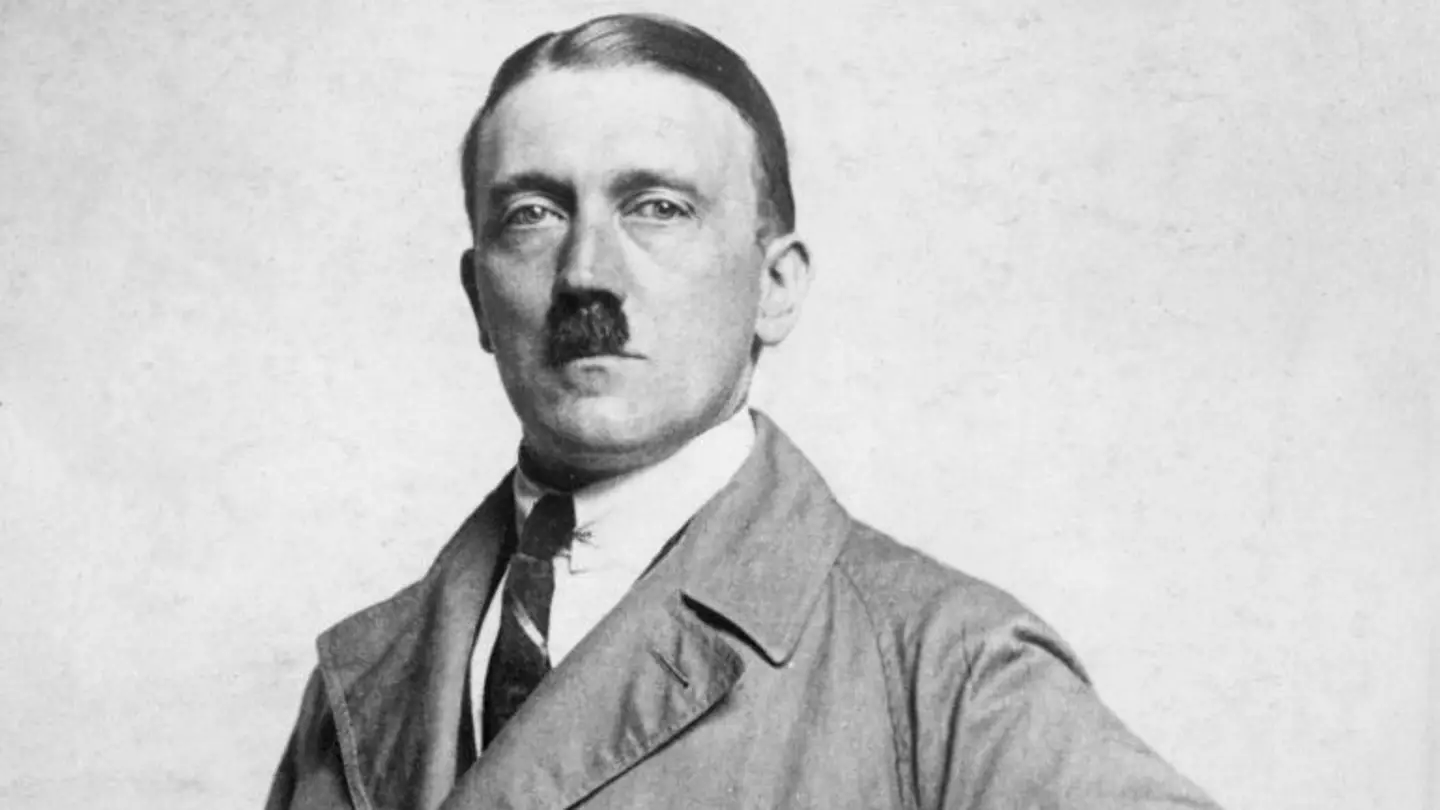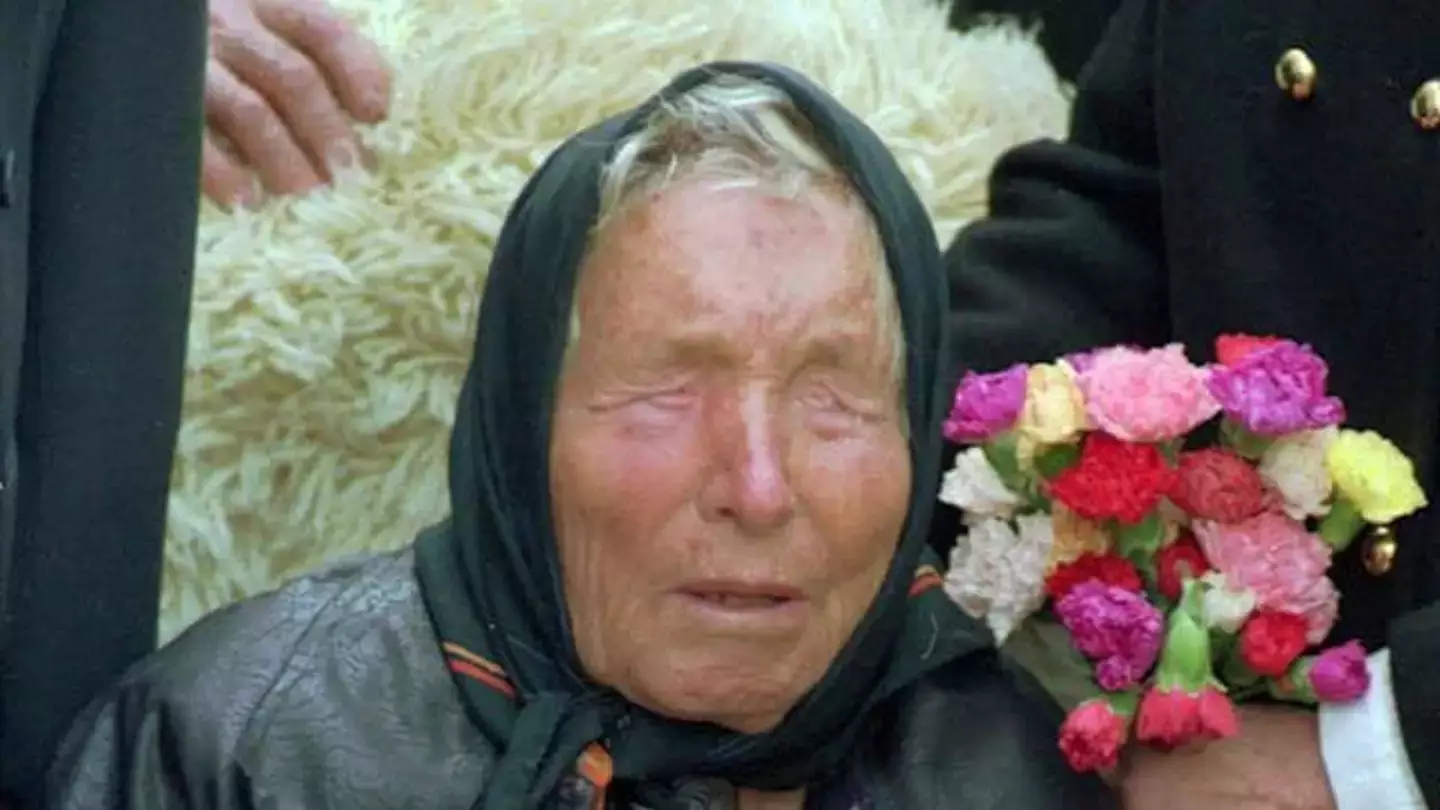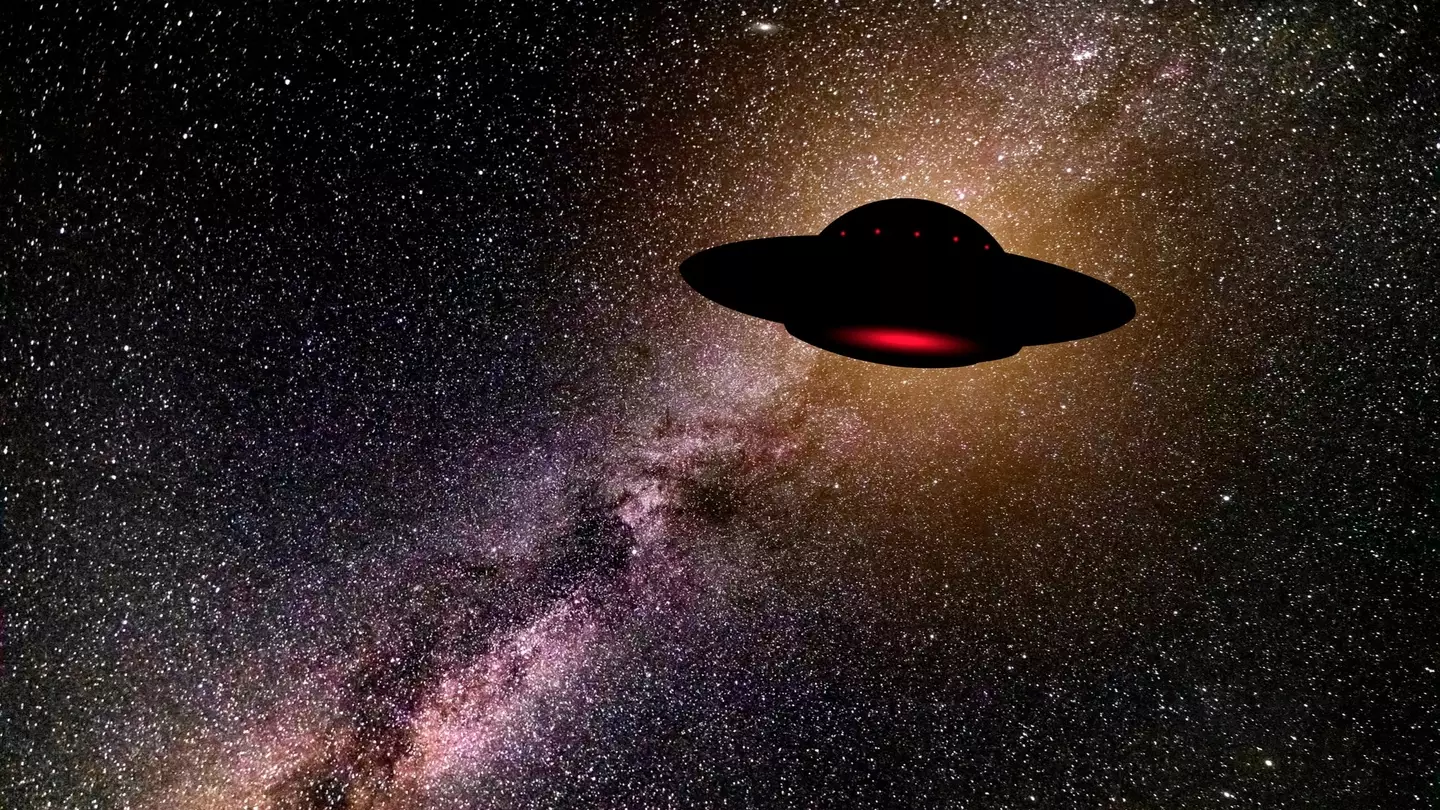


Mia O’Brien, 24, was initially facing a life sentence before being miraculously released

A seemingly ordinary family life hid a far more dangerous daily reality

A young mum’s life was changed forever after years of hidden damage
.png)
It might be time to give your body a break

The Russian President commented on 3I/ATLAS possibly harbouring alien life

Stephen Chase says he'd only had 'beginners-level' classes when it started at the age of 19

Andy Carroll is expected to appear before magistrates on 30 December
.png)
Camila Mendoza Olmos went for an early morning walk and never returned

Christmas with family can quietly mess with your head

Former Premier League striker’s latest legal troubles explained ahead of court appearance

Aimen Dean warned that it's 'not about if' another terror attack will happen - 'it's about when'

A theory has suggested that an alleged relationship between Hitler and a British woman resulted in a child

It could prove to be 'lifesaving', according to Dr Jeremy London

The US President's quotes come after the DOJ released new information regarding the disgraced financier

Experts have weighed in, delivering a comprehensive checklist
.jpg)
There's one book from King's work which he has requested never be published again

She had a number of predictions for the upcoming year

Something to think about as we head into the New Year and beyond

It comes as Ukrainian President Zelenskyy is set to meet with Trump tomorrow

The alien expert thinks Hollywood has got it wrong

The 2004 Boxing Day tsunami killed approximately 228,000 people, mostly in Indonesia, Thailand, India, and Sri Lanka

The injections could 'potentially' improve the effectiveness of treatment

He had some strong words for his Russian counterpart




